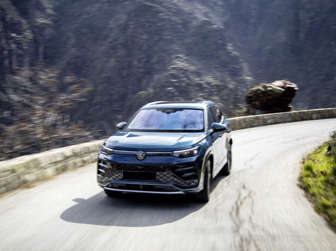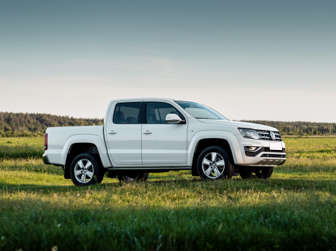Compared to countries like the USA and the United Kingdom, electric vehicle (EV) adoption in South Africa has been slow for various reasons. However, one area where EVs shine brightly is their lower Rand/kilometre cost compared to Internal Combustion Engine (ICE) cars, confirms Jaguar South Africa.
While every electric vehicle differs in terms of the battery pack, charging times, and power output, review this recent Jaguar study, analysing the Jaguar I-Pace EV’s performance. The findings come from Andrew Blane, head trainer at Jaguar Land Rover Experience Johannesburg.
Blane drove the I-Pace EV on different terrains and environments and calculated electricity consumption and cost per kilometre (R/km).
![]() Juice up or refill
Juice up or refill
While Blane knew the energy costs of petrol and diesel cars could not match with EVs, this study aimed to show customers what they could achieve with EVs in the real world.
Starting the comparison by juicing up an EV and the ICE tank of an SUV, the I-Pace consumes R200 worth of electricity to charge up from zero to 100%. A petrol or diesel SUV of similar size and performance may cost four times more of this amount for a full refill.
It is worth noting that the driving range per tank and the full battery do not relate because this comparison is about the cost per kilometre.
![]() Start-stop traffic
Start-stop traffic
Driving an EV in heavy traffic is advantageous to driving an ICE vehicle. The reason is that the internal combustion engine cars will keep consuming fuel even if they are motionless. On the other hand, an EV will consume nearly zero electricity. Blane recorded around 22kWh/100km in slow-moving, stop-start traffic, which translates to 44 cents per kilometre according to Blane’s home electricity rates.
The only issue for EVs at low speeds is their inability to recover enough power through regenerative braking. In such situations, electric vehicles are not able to generate adequate kinetic energy to assist batteries.
![]() Highway driving
Highway driving
Compared to petrol and diesel vehicles that are highly proficient at low revs and high speed, electric vehicles are least competent on the highways. That said, EVs could still beat ICEs in energy consumption and cost per kilometre. Blane noted 24kWh per 100km driving at 120km/h, translating the R/km cost of 48 cents.
![]() In-town and country roads
In-town and country roads
Electric vehicles perform best when driven at moderately high speeds with repeated braking. Motorists residing and traveling in South African cities would benefit most from their EVs, with cost per kilometre going as low as 34 cents and electricity usage of 17kWh/100km.
![]() Average cost of fuel and electricity
Average cost of fuel and electricity
So, what is the average cost of fuel and electricity for ICEs and EVs as you drive them in different environments? For the thousands of miles Blane travelled around South Africa, he noted average electricity consumption of 22kWh/100km, translating to 22 cents to drive per kilometre, provided you charge at home at about R2 per unit.
![]() Average fuel cost per litre
Average fuel cost per litre
Although fuel prices change frequently, the litres per 100 km (l/100km) cost of ICEs is at least four times higher in most cases than that of EVs.
Click here to read Blane’s full report.
Refreshed 2022 Volvo XC60 has arrived in South Africa
Ineos Grenadier: A powerful new SUV on SA’s roads


